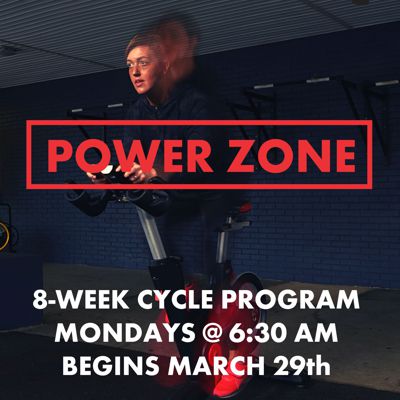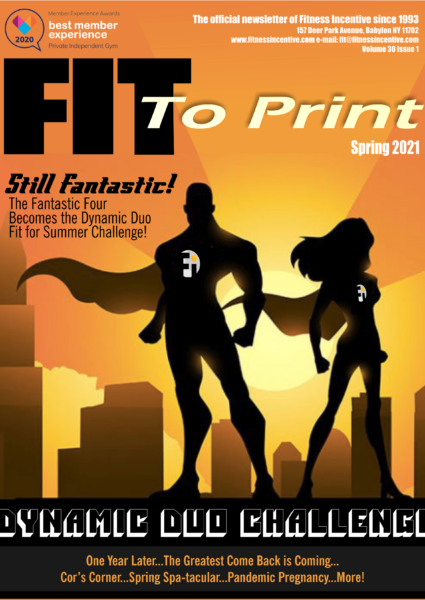
“When we think of surfing, we think of balance; the surfer standing on a board as he/she rides the waves against the constant movement of the sea and the body’s center of gravity on the board. It’s all manipulation of energy, which is what Pilates is really about. “
- Dina Voigt
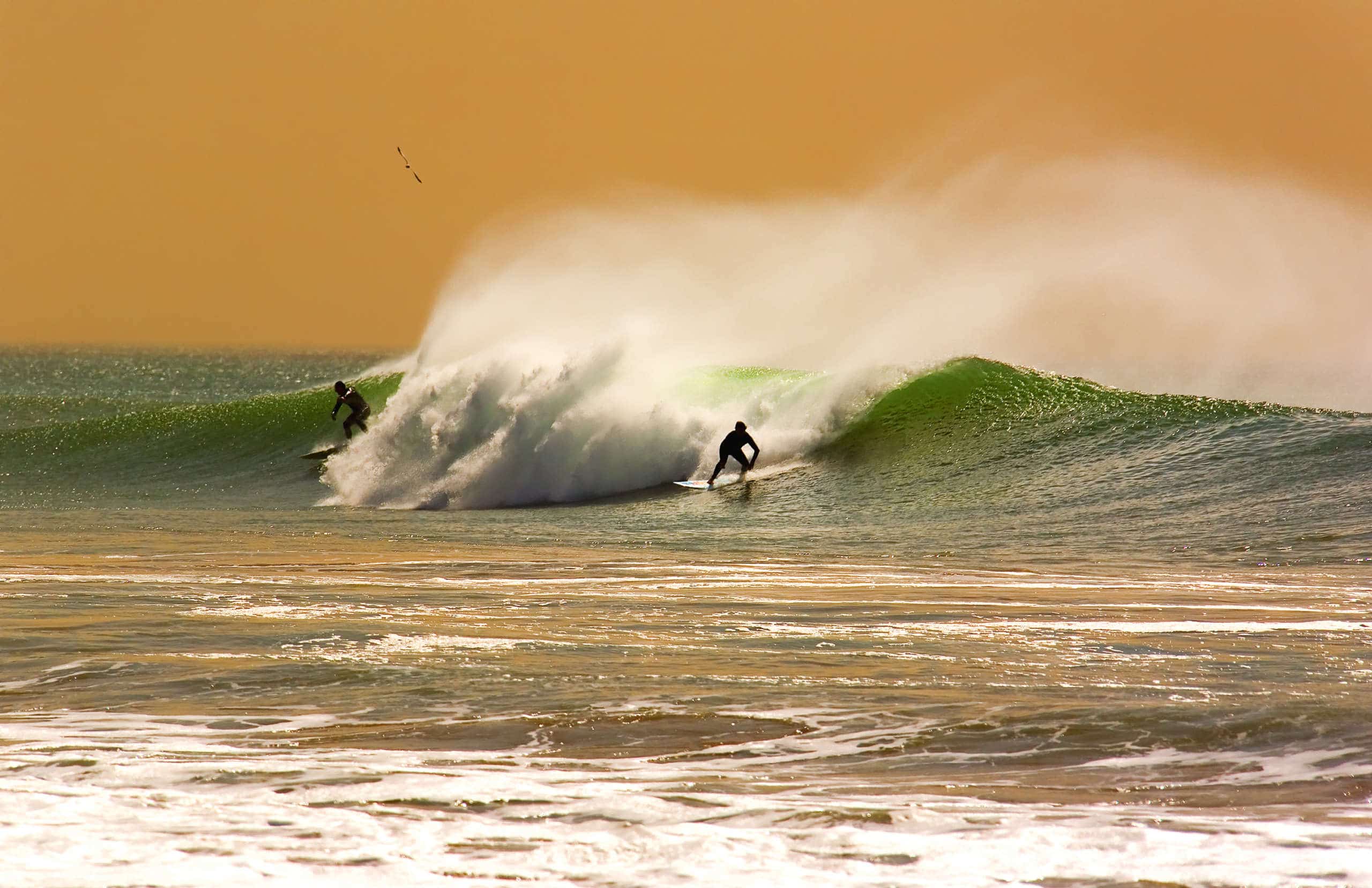
Pilates for Surfers
Surfing means different things for each surfer. Many of the surfers I know, clients and friends alike, have told me that surfing is a very personal experience for them. From a distance, non-surfers (like me) can see the beauty and mystique of being out there on the ocean, becoming one with nature, escaping the landlocked mentality, and de-stressing. For many people, especially Long Islanders, being at the beach and just breathing in that salt air is a stress reliever in itself. For surfers, grabbing that board and running to the water to catch that very first wave….well, I can only imagine that feeling!
Many years ago, I met a woman who was an avid surfer, and she was describing to me different injuries that are typical for surfers. I suggested Pilates to her, and she became a client of mine for many years until she moved out to the West Coast.
I have since had (and still do have) many surfer clients. As surfing is a unique experience for each person, so are Pilates sessions. Now, there are injuries and imbalances common to surfers, as with any specific sport, occupation, and even everyday activities. In any sport or occupation, there are repetitive movements in the body that cause imbalances. Our daily functions – our ADLs, or Activities of Daily Living – are affected by our recreational as well as occupational movements. Imbalances create injury and compensation.
Enter Pilates
One of the major benefits of Pilates is it builds awareness of energy and teaches your body to move and operate more efficiently. This, of course, is beneficial for any sport.
Let’s explore how it can help with surfing;
Pilates is a method of full-body conditioning. Just because it is considered a “core-based” technique does not mean it works only the “core.” Pilates was originally called Contrology and consisted of 36 mat-based movement exercises and a bunch more on various Pilates apparatus.
When we think of surfing, we think of balance; the surfer standing on a board as he/she rides the waves against the constant movement of the sea and the body’s center of gravity on the board. It’s all manipulation of energy, which is what Pilates is really about. Think about the vigorous paddling the surfer has to do to get out to just the right place at just the right time, then go from a prone position to a crouched and standing position, straddle sitting somewhere in there, etc. I am not going to pretend to know how to surf (although one can dream). I do, however, know the muscle recruitment patterns, biomechanics, and balance needed to execute the movements of surfing. Remember, repetitive patterns need balancing. Many surfers complain of lower back, shoulder, neck, and elbow pain and injury.
With this in mind, let’s use paddling as an example;
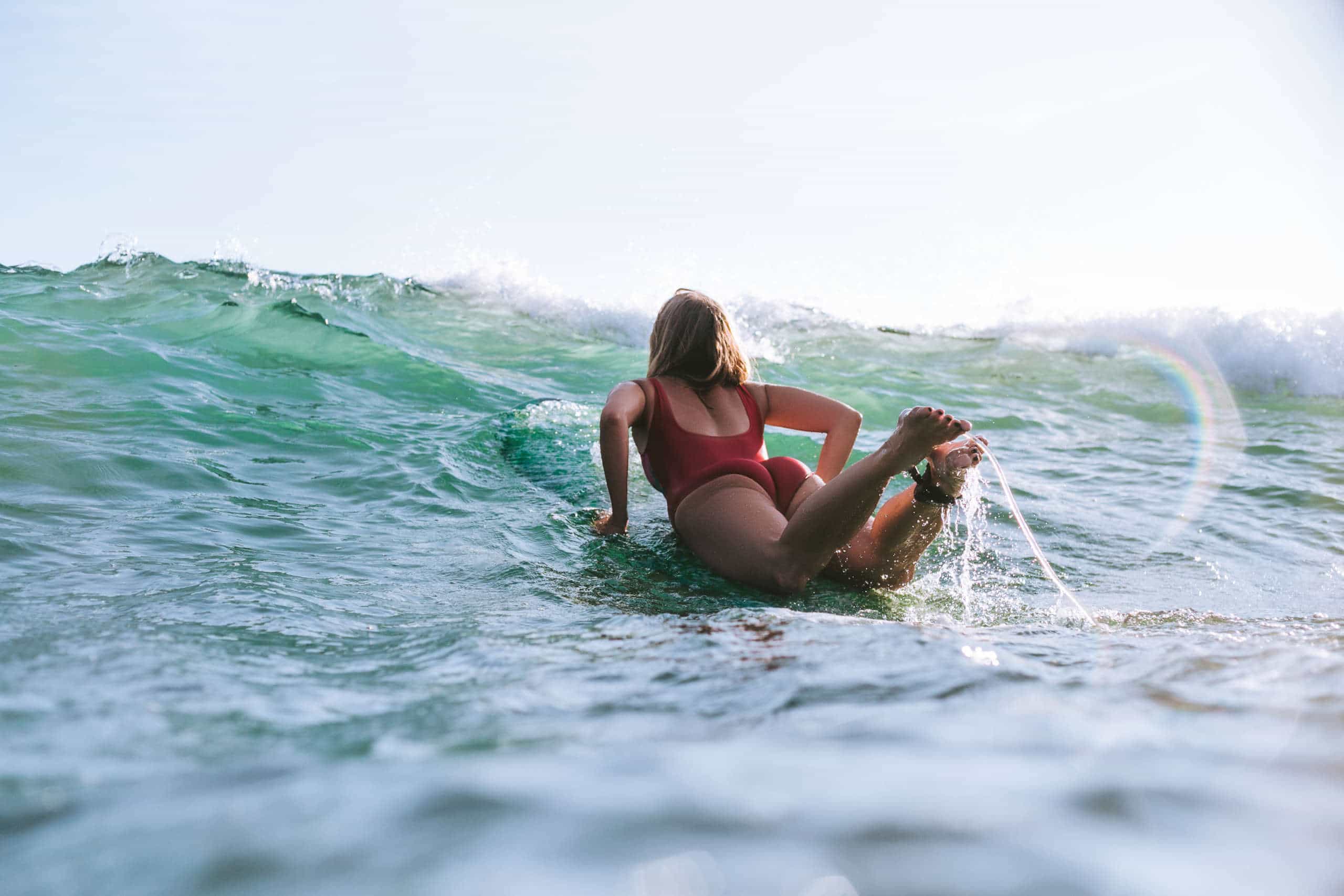 When paddling, the surfer is in a prone position (lying on the belly), the arms are working vigorously to propel the surfer and board through the power of the sea. While in the prone position and paddling, the spine is almost always in hyperextension. While in a prone hyperextension, we tend to let go of the ab connection when fatigued. If the deep abdominal muscles are fatigued, they are not working properly. This increases the pressure and tension in the lower back and encourages further imbalance in the already imbalanced and weak places. Teaching the body to align properly and the deep abdominal muscles to recruit appropriately in this position will take the excess stress off the lower back and encourage the lats and lower medial traps to work more efficiently.
When paddling, the surfer is in a prone position (lying on the belly), the arms are working vigorously to propel the surfer and board through the power of the sea. While in the prone position and paddling, the spine is almost always in hyperextension. While in a prone hyperextension, we tend to let go of the ab connection when fatigued. If the deep abdominal muscles are fatigued, they are not working properly. This increases the pressure and tension in the lower back and encourages further imbalance in the already imbalanced and weak places. Teaching the body to align properly and the deep abdominal muscles to recruit appropriately in this position will take the excess stress off the lower back and encourage the lats and lower medial traps to work more efficiently.
Now, picture the surfer transitioning from prone to standing; this requires a lot of communication in the body, from initiators to movers to stabilizers. You can see now how this patterning of movement can contribute to injuries and imbalances common to surfers.
Pilates exercises, such as swan, pulling straps, forearm pushups, pulls, dolphin, swimming, and many others will work both generally and specifically to help surfers improve their imbalances.
From head to toe or toe to head, the brain, the muscles, tendons, ligaments, bones, and fascial tissues must all learn to communicate and work together to allow the body to operate at its optimal potential: as a smooth-running machine. Remember, when we try to work with an imbalanced, disjointed body, injuries will occur and re-occur.
We all have imbalances in our bodies; the wonderful thing is that Pilates can bring us to the best possible balanced body for each individual. Pilates can be generalized for overall fitness and balance for each individual. It’s as personal as your surfing therapy.
Check out our schedule today! We have Mat Pilates classes, Pilates-based Core Fusion, and Core Balance classes, and now HOT PILATES in our infrared heated Yoga studio, as well as an exclusive, private, BY APPOINTMENT ONLY, classical Pilates reformer studio.
Please email me dina@fitnessincentive for more information or with any questions at all about Pilates and Fitness Incentive.
Sponsored Links
About the Author
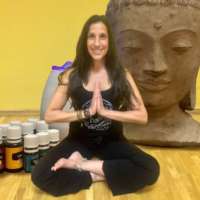
Dina Voigt
Dina Voigt is the Manager of Fitness Incentives Pilates and Yoga programs. She is a PMA-certified Pilates trainer, a certified Yoga instructor, a Personal Trainer, Group exercise instructor, and Cycle instructor.
Contact her at dina@fitnessincentive.com with any questions or for further information.


